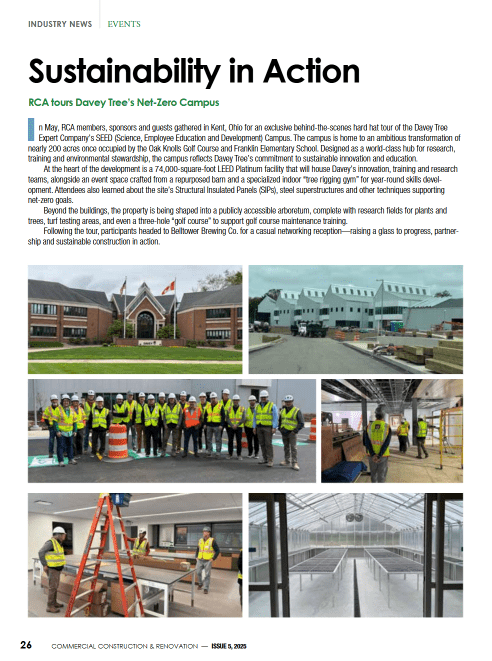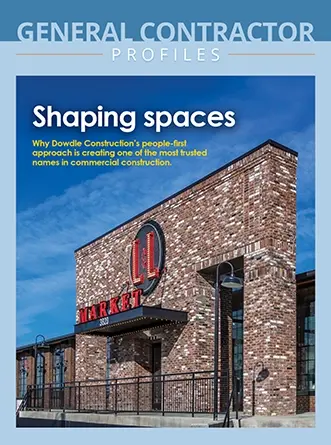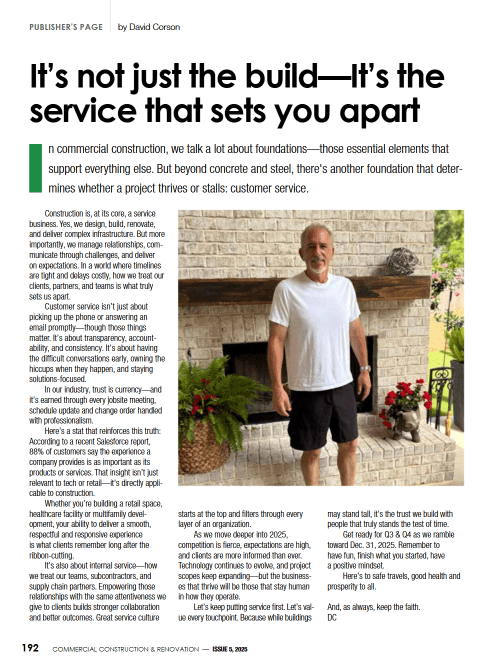The construction workers who work on your home will ensure that its safe, secure, and durable. If you hire the right crew to do the job right the first time, you wont have to worry about any surprises down the road. It is essential if your home is resilient against natural disasters like hurricanes or tornadoes. Its also important because thousands of homes fall victim to poor construction practices that lead to serious structural damage over time. In 2021 alone, over 2000 insurance cases were filed for structural home damages due to natural catastrophes. At the same time, over $25 million in property losses were recorded, along with ten deaths and 50 serious injuries during the same time.
Here are some things that construction workers can do during each phase of construction, from framing up walls and ceilings to installing sheetrock and ensuring their work will last for years:
Using Slotted Channels for Light Structural Support
A slotted channel is an effective tool for light structural support for holding ventilation plumbing, wiring, and air conditioning systems. They also hold up joists, rafters, and floor joists.
Slotted channels are made of steel or aluminum and come in many different sizes to accommodate the size of your structure. The slotted channels should be chosen based on their length, width, thickness, and weight capacity requirements.
Position Framing Properly
Position framing properly. Framing is the most critical part of construction because it determines how strong your house will be. If you use bad framing, your home will not be durable and wont last for a long time.
Make sure to position framing correctly. The best way to do this is by using the right tools and measurements so that everything fits in perfectly with no gaps or spaces between them. It ensures that your home has good insulation properties and doesn’t have any weak spots where water can seep through easily or wind could get through easily as well. It also ensures no gaps between walls or roofing material that might allow pests or vermin access into your home over time. It eventually means less maintenance is needed later on down the road!
Use Air-Tight and Moisture-Resistant Materials
You can use many materials to make your home air-tight and moisture-resistant. The best ones are:
- Fiberglass insulation
- Foam insulation
- Spray foam insulation
You can apply these materials to your homes exterior in various ways. You can choose to use sheets of fiberglass or foam over the outside walls, or you can spray foam onto the surface of your walls. You should remember that spraying foam on an existing wall will not allow it to breathe like it normally would. Thus, if you’re planning on doing this project yourself, ensure you understand how your homes interior temperature will change before deciding what type of material will work best for you.
Install a Vapor Barrier
A vapor barrier is a thin layer of plastic or other material that prevents moisture movement. Vapor barriers are used in crawl spaces, basements, and attics. They can be installed on the warm side or cold side of the insulation.
Install a vapor barrier if your home has a crawl space under it. The soil beneath your home can collect water from rainwater and snow melt, which could cause problems for the structure if not properly insulated with a vapor barrier.
You should also install a vapor barrier if you’re building an addition to an existing house. It will create another area where moisture could collect between structures and cause damage to both homes if left unchecked. Hence, installing a proper vapor barrier system between them can be an ideal solution.
Proper Installation of Siding
Siding is an important part of any home. It keeps the interior dry and provides a sleek look to the exterior. Proper siding installation is extremely important because it will ensure that your home stays in good condition for years. To help you understand how well-made siding should be installed, here are some things that construction workers do when theyre installing this material:
- The rough side facing outwards helps prevent moisture from getting trapped inside. Boards should overlap at least 1/2 inch on all four sides.
- Siding should also be installed flush with your houses walls, so there aren’t any gaps exposed, allowing water or insects inside.
Seal Entry Points to Prevent Pests
Over the last year, around 14 million homes in the US have reported the presence of roaches, while 14.8 million faced rodent issues in their houses. The common reasons for houses experiencing this are leaks, broken windows, or cracked walls. Hence, it becomes essential that you seal entry points for these pests.
Make sure that everything is sealed, including the attic and crawlspaces. You should have all of these areas inspected by a professional who will tell you if any other entry points need to be sealed.
Use wire mesh screen over vents in your homes foundation and pipes to prevent termites from getting inside and causing damage later on. Its also important to keep rain gutters clear of debris. Otherwise, water can build up, leaving an inviting environment for termites or other pests like ants or mice.
Extend Sheet Rock Up to the Ceiling
Sheetrock, or drywall, is an excellent choice for walls. Its easy to install, paint, clean, and repair if a hole appears in the wall. Sheetrock is also the most common type of wall covering because it can be used in any room and climate without worrying about mold or moisture damage.
With some exceptions, like bathrooms or kitchens, sheetrock is not recommended for wet areas such as basements where moisture could seep through cracks during heavy rains.
Caulk Your Windows Properly
The first thing to do is use a caulk gun. Apply the caulk to the window frame first and ensure its smooth. Don’t apply too much, and don’t let any squeeze out onto your windows.
Once you’ve finished caulking, take some time to admire how well your home looks inside and out.
However, you should ensure that you re-caulk the windows frequently. New constructions usually take 1-2 years to settle structurally. Hence, checking for any caulking requirements in a newly constructed home after two years would be good. However, for older properties, you can redo caulking after five years.
Make Sure Everything is Level
The first step in construction is leveling the floor. Ensure it is flat and level, with no dips or bumps. A laser level ensures an even surface is achieved for a smooth build. The rest of the house can then be built on this flat foundation, ensuring that everything else will be straight and sturdy during its lifetime. Next, check the ceiling and walls as well, making sure theyre all at an equal height from one another.
The last thing you want is a house full of slanted floors or uneven walls causing major structural problems down the line, especially if youre living in an earthquake country.
A Good Construction Worker Can Make a Home Last for Years
They have the skills and knowledge to build your house properly and will take care of you throughout the process.
If you want to make sure that your home has the best chance of lasting a long time, you must find a good construction worker in your area. These professionals have experience building quality homes and know what it takes to keep them looking great over time.






























